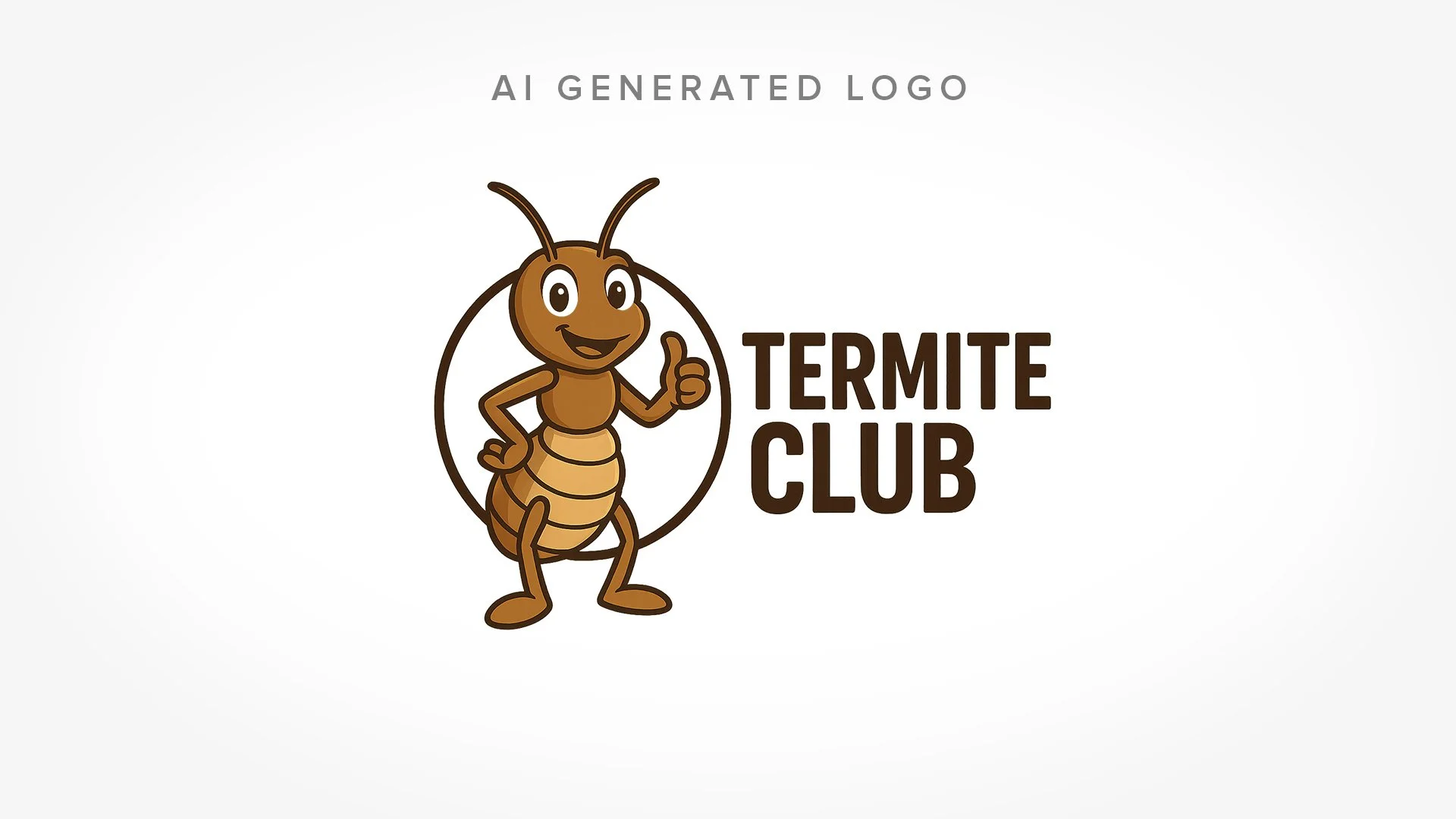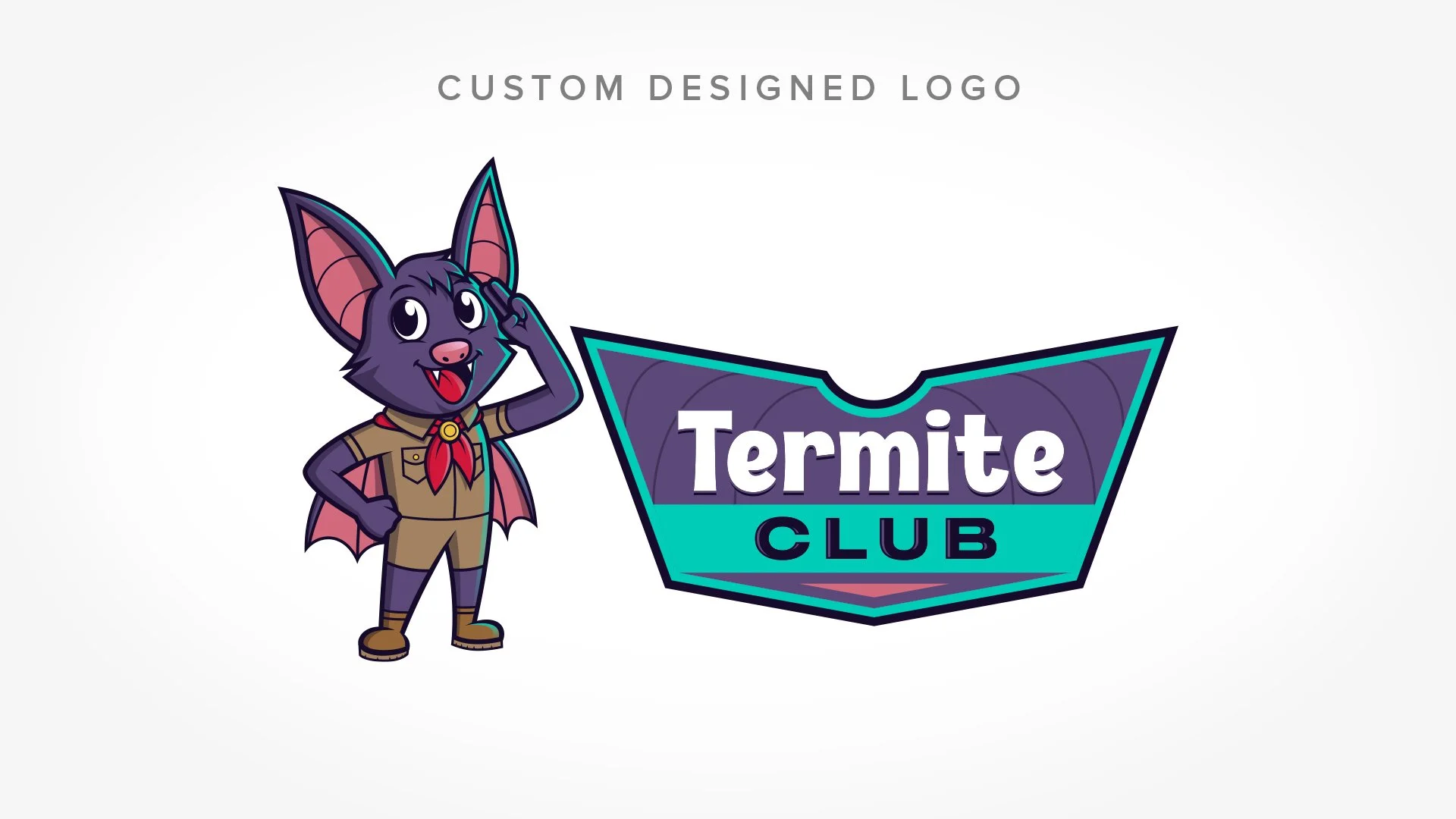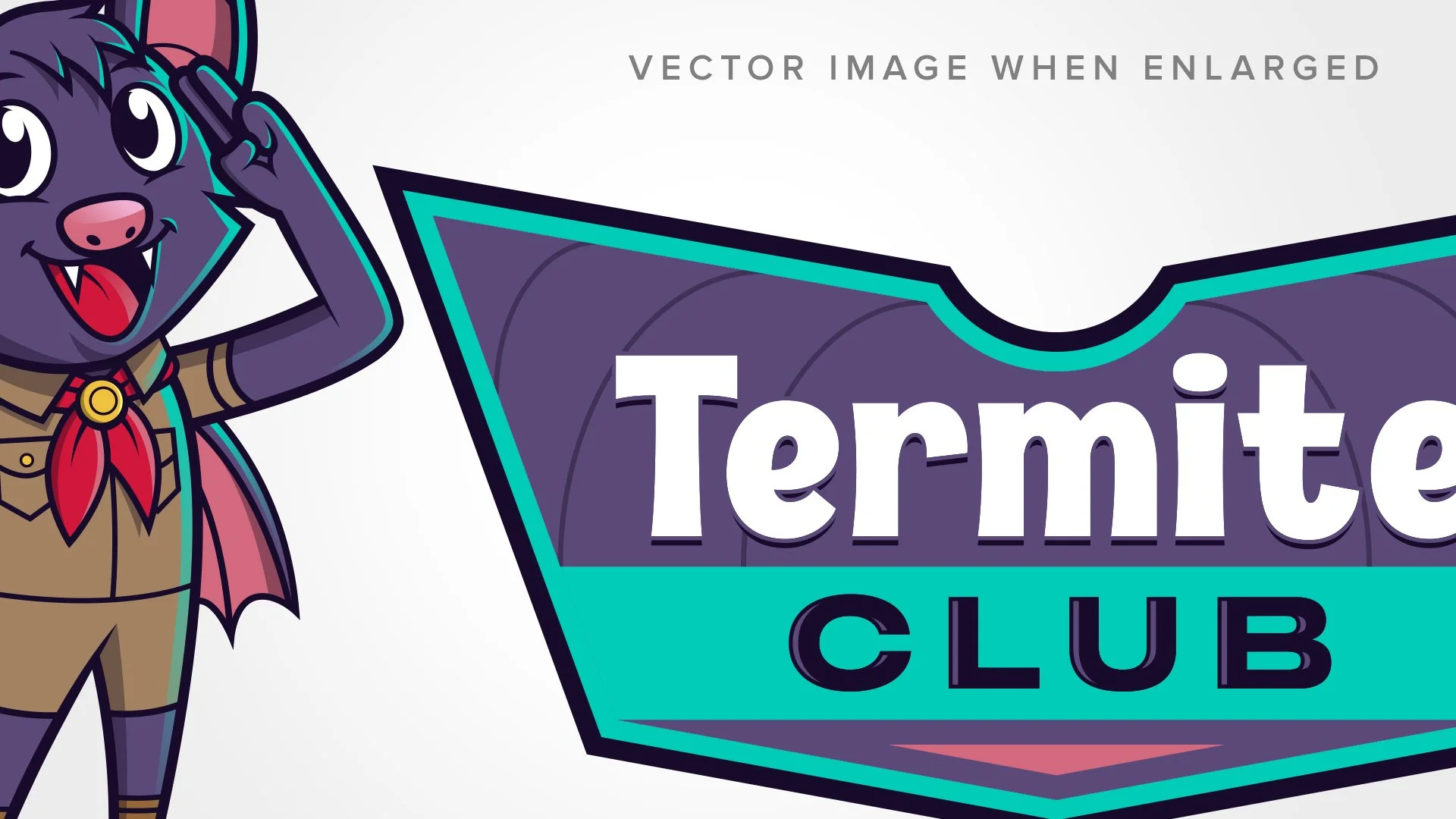Building Your Brand with AI - Asset or Trap?
Times are changing, and the rise of artificial intelligence and machine-learning is set to create massive ripples across a number of industries. The ones that look to be most immediately affected are what we could call “left-brain” industries, that revolve more around analyzing data and repetitive tasks. And up until now, this is what futurists and forward-thinkers have predicted. We’ll use advancements in technology to make our lives easier, freeing us up to instead pursue more creative endeavors.
What wasn’t predicted was that this rise of AI would appear to also start to disrupt these more “right-brain” industries that are often associated with creative thinking, such as design, the arts, and branding, in this case.
By using different machine-learning tools like ChatGPT, in theory at least, you can now create entire brands just with the help of AI. From a brand name, company tagline, writing copy for your company literature, to even using different image-generating software to produce a logo, AI would appear like it can do it all without the help of a “real” designer. However, we have all heard the saying “looks can be deceiving.”
Generative is Generic
What AI offers in convenience and speed, it lacks ten-fold in strategy, execution, and authenticity. Ultimately, all AI is doing is responding to a prompt that the user is giving it. It is an order-taker, not a creative, and this is most evident when it comes to logo design or any visual you are asking it to create for you. AI doesn’t understand who your competition is, how to best appeal to each of your different market segments, what brand colors would make the most strategic sense, what font pairings should be used, etc. In simple terms, AI models are unable to account for strategy in the designs they output to you.
To better highlight what I mean, we’re going to put AI to the test. Using a similar design brief that we used when we rebranded Termite Club, we tasked Sora, ChatGPT’s image and video generator, to come up with its own logo redesign.
Even at a quick glance here, some of the pitfalls of the AI logo start to become clear. To its credit, the mascot element isn’t necessarily bad looking. The issue is that, much like a stock clip art logo, it’s incredibly obvious and generic. This means designing a compelling visual identity around it, or a striking vehicle wrap design, becomes much less feasible. And just think, which of these logos would leave a bigger impression on you? The plain, run-of-the-mill termite, or the bat dressed as a boy scout with a color palette that no one in the market has?
But is it possible to get a result that looks closer to something that a competent brand designer or design agency would output? Debatable…at best. To even get close, you would still need the help of a brand designer to feed AI all of the necessary and relevant information to take into account for the design. At that point, a designer would still be, more or less, coming up with the design, but simply asking AI to handle the technical execution.
Even if you do manage to get a passable final result, the next issue is that these AI images are usually completely unusable as logos, since AI can’t render them in the correct file types.
Logos need to be created as vector images, images that can be scaled to any size without a reduction in quality. AI is going to output them as small, raster images that will get pixelated if you try to enlarge them. This means that you won’t be able to use these on a vehicle wrap, a billboard, or really anything other than the smallest of use cases without the logo looking blurry or pixelated.
All this to say, if you do use AI for your logo creation, you would still need to hire a designer to recreate the image into a file format that can be used as a logo. Sorry, but it looks like you’re still stuck with us designers for just a bit longer.
Authenticity Beats Artificiality
If you’re reading this, there’s already a good chance that you see more value in branding than the average person. This doesn’t mean all of your competitors do. Because of how easy AI is to make use of, there will be some portion of the market that will rely on in for things like writing their company literature. Just like how a logo designed by AI feels generic, so-often does large amounts of copy it will write.
Even if people aren’t explicitly told that the copy in your brochure, website, etc. was written by AI, people are still intuitive. They can feel it. In a world where more of your competitors will be leaning on this technology too heavily, use this as an opportunity to make your company’s brand feel more personable. People crave a sense of authenticity. It’s part of the reason people hate talking to robots on the phone. It’s part of the reason certain politicians like a Trump or Bernie Sanders rose to popularity, regardless if you love or hate them on the issues.
Finding a Place for AI
This doesn’t mean that you, or even creatives, should swear off using AI altogether. Just because a hammer is a poor tool to bake a cake with, doesn’t mean it’s a poor tool to help build something. AI is no different in this regard. Currently, AI is a pretty poor tool if you are trying to use it to create a brand with, but it can help with the process.
Let’s circle back to the idea of a mascot logo. At Wraps Ink, every logo we make is completely custom, but sometimes in the early stages we’ll use AI to get very loose ideas for different poses. This drastically speeds up our workflow. Instead of having to painstakingly draw a number of different poses, we can quickly ideate with generic, placeholder AI characters and see which one could be used as inspiration for the character we are designing. Or instead of sifting through multiple pages of Google results to look up a company’s competitors, we can have AI quickly compile some of that information for us. We don’t create with AI, but we instead use it to speed up our workflow.
It’s hard to predict what AI might be able to do in 20 years, but currently it is occasionally only ever a convenient assistant in the design process. AI isn’t the dad under the crawlspace of a house trying to fix something. Instead, it’s the son, occasionally called in to hold the flashlight for him.
Real Results Delivered by Real People
Great brands aren’t built with crowdsourcing, clip art, or AI prompts. If you want your own brand to possess that sense of authenticity and memorability that only comes from a human touch, we’re here to help. You can give either of our offices a call, or send us an email to start a conversation about your project.
Murrells Inlet: 843.651.6003
Charleston: 843.823.9274
Email: sales@wrapsink.com




